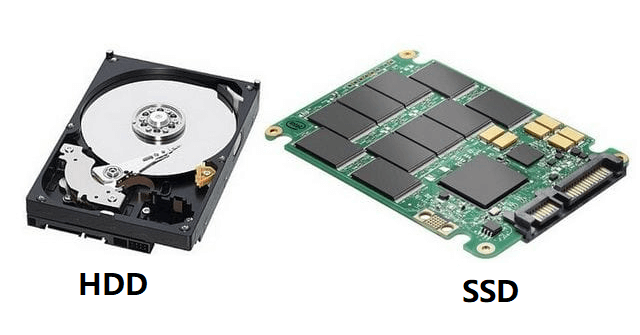Due to the way the spinning platters and read/write heads travel when looking for data, defragmenting a classic hard disc drive is considered normal maintenance. This is because the process essentially reorganises all file information, allowing it to be stored in an uninterrupted sequence of blocks on the drive, allowing the heads to read the data more quickly.

Due to the way the spinning platters and read/write heads travel when looking for data, defragmenting a classic hard disc drive is considered normal maintenance. This is because the process essentially reorganises all file information, allowing it to be stored in an uninterrupted sequence of blocks on the drive, allowing the heads to read the data more quickly.
However, defragmenting a solid state drive is not suggested because it might create extra wear and tear, shortening the disk’s lifespan. However, due to the effective way in which SSD technology works, defragmentation isn’t truly required to boost performance.
SSDs can read data blocks that are dispersed across the drive just as quickly as they can read data blocks that are close together. Furthermore, they use a technique known as “wear-leveling” to keep track of the sequence in which the files are written. This sends data to the drive in such a way that the cells wear down evenly, preventing the drive from degrading too quickly.
As a result, there’s no necessity to defragment a solid-state hard disc in order to improve its performance or extend its life. Solid state drives, thanks to their technology, are perfectly capable of looking after themselves!











